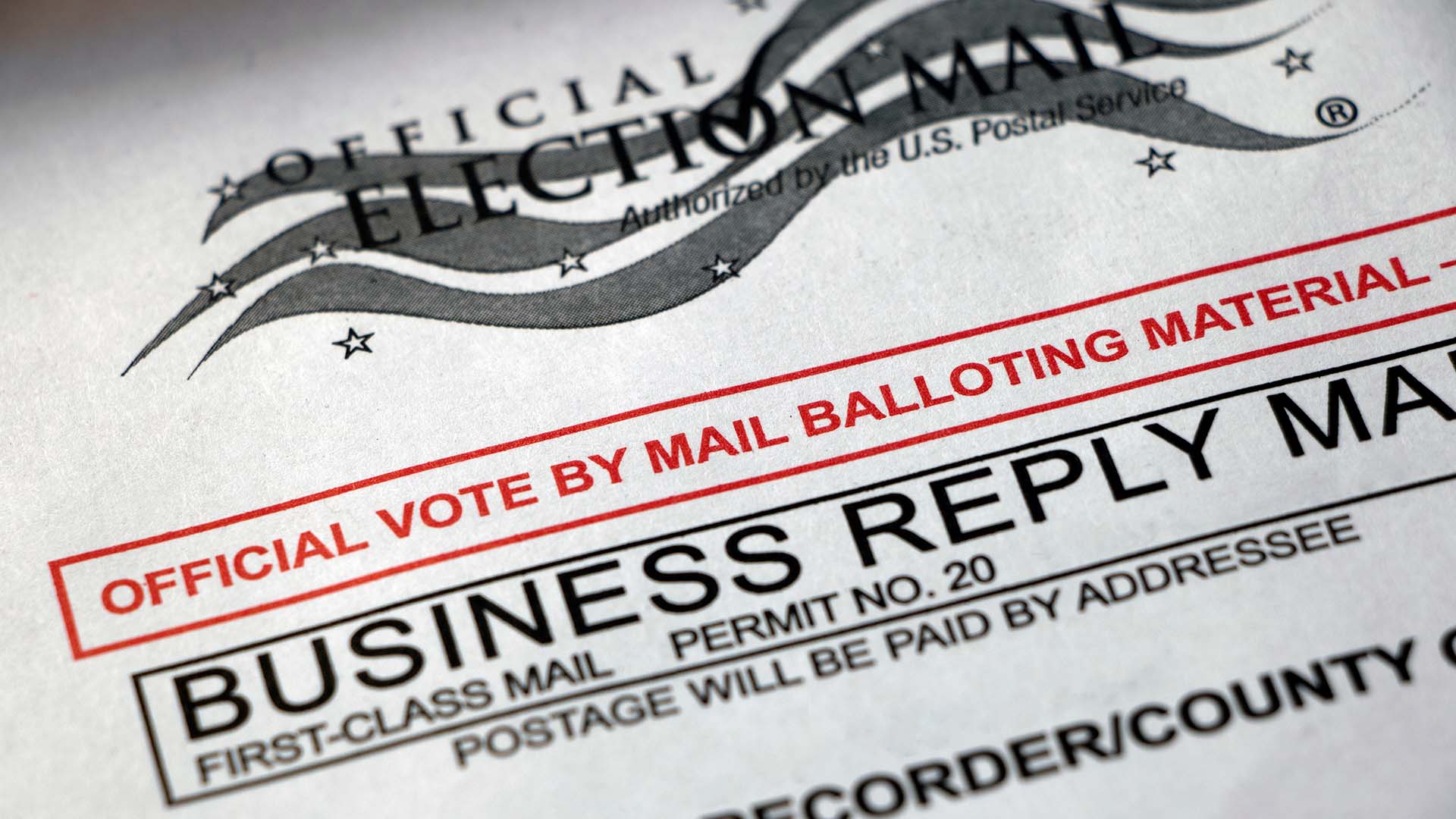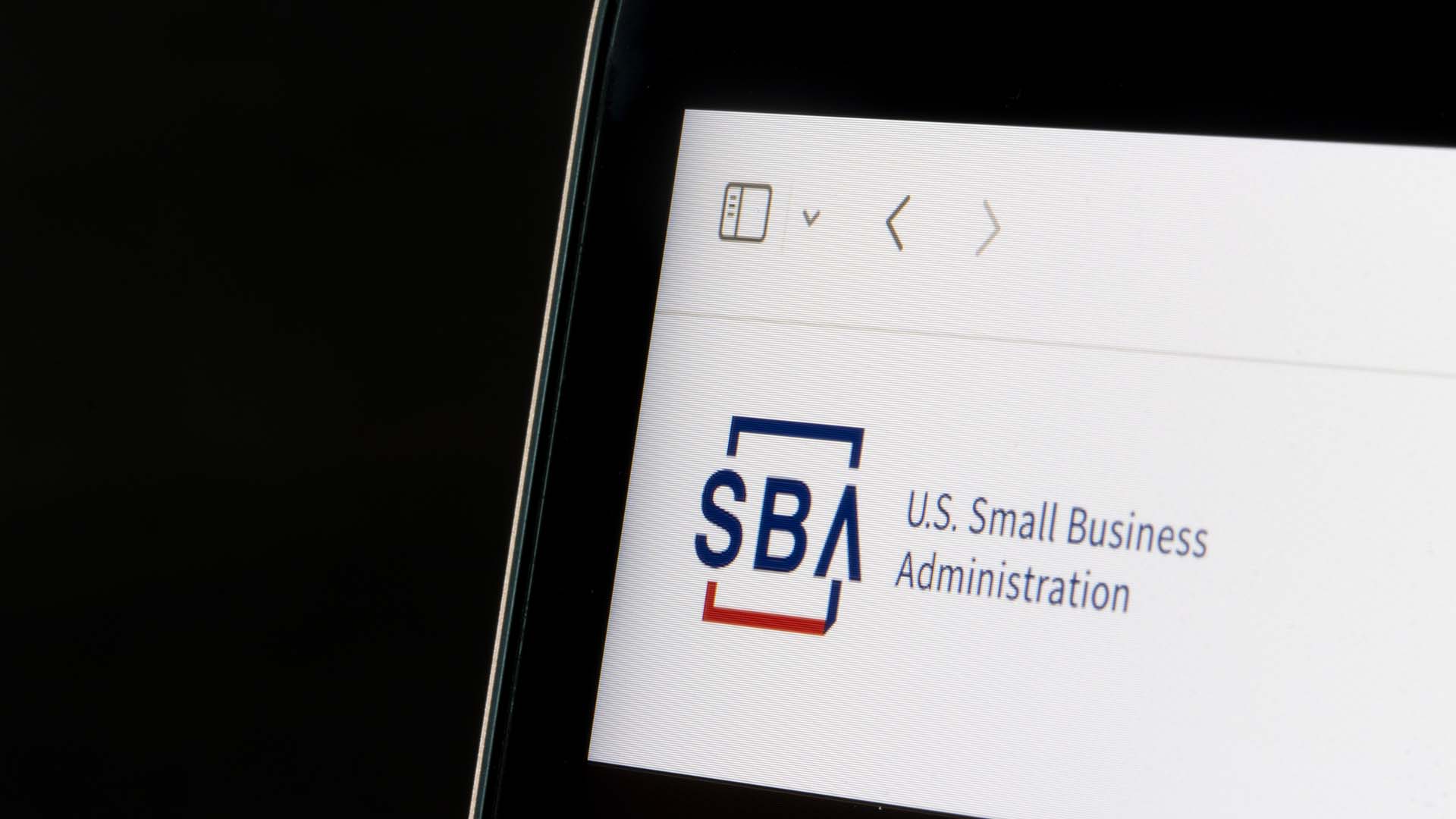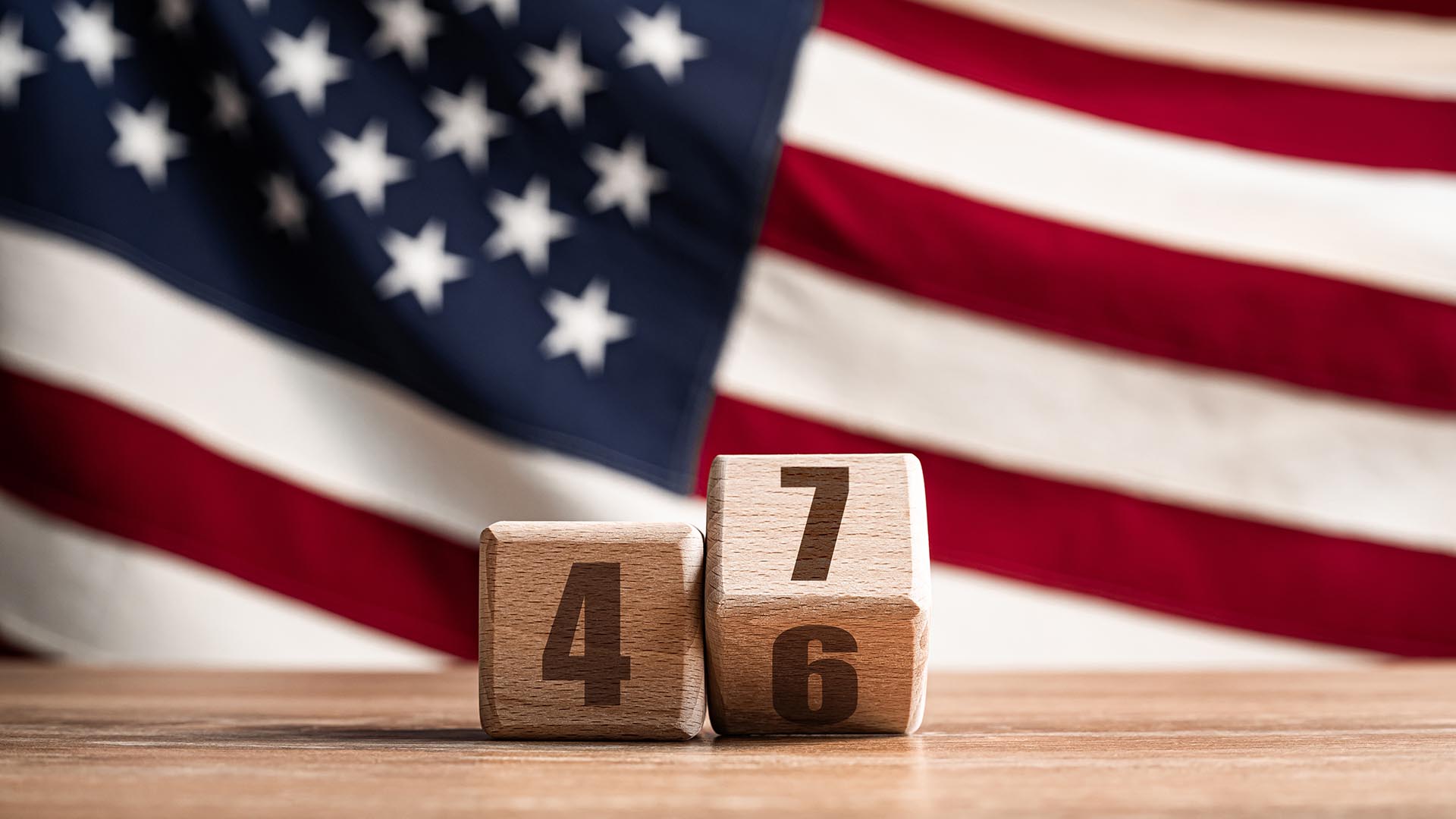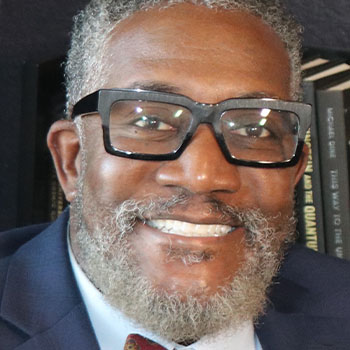Time to toss the ACT and SAT?
Many colleges and universities are excluding standardized test scores from admissions next year because of the pandemic, and some say it’s time to abandon standardized tests permanently.

When Colorado Gov. Jared Polis on July 8 signed a bill allowing the state’s public colleges and universities to omit standardized test scores from their fall 2021 admissions processes, the state joined a large-scale experiment that could spell the end of the SAT and ACT in higher education.
More than half of all four-year colleges and universities in the U.S. will have test-optional admissions for fall 2021, according to the National Center for Fair & Open Testing, including multiple Ivy League schools and public university systems in several states.
The results of this experiment won’t be known for years, but Metropolitan State University of Denver would like to throw out the tests altogether, and University President Janine Davidson, Ph.D., is calling for the permanent elimination of standardized tests in college admissions.
“Let’s just stop requiring the SAT and ACT. The only thing they really measure is privilege. Students who can afford extensive prep courses to game the test do better. No surprise,” Davidson wrote on Twitter in June.
At MSU Denver, Colorado’s only modified open-access university, students who are 20 years of age or older with a high school diploma or GED are automatically admitted. With an average student age of 25, the University already admits a large number of students without seeing their test scores. It’s the 20% of Roadrunners who enroll at age 19 or younger who have to submit scores, as required by statute at all public four-year universities in Colorado.
Standardized tests are polarizing in the education world, and while proponents and critics argue over whether the SAT is an objective measure of students’ academic ability, scores have been shown to correlate closely with a number of socioeconomic factors.
The Brookings Institute mapped data from the College Board to show how average SAT scores line up linearly with family income and parental education level, demonstrating the uphill battle facing low-income and first-generation students in the admissions process. Additionally, SAT results vary widely by race and ethnicity, with Asian and white students scoring far higher than Black students on average.
Colorado’s master plan for higher education specifically calls out erasing college attainment gaps for students of color, low-income students and first-gen students – three populations historically disadvantaged by standardized tests.
Prior to the pandemic, Colorado took steps to move away from an index score used for admissions purposes, in which institutions looked for a minimum combination of ACT/SAT score, high school GPA and high school class rank to admit students. Universities now focus on a middle range of GPA, test scores and other factors, giving schools more flexibility to decide whom to admit on the lower range of those metrics.
Vaughn Toland, executive director of Admissions and Outreach at MSU Denver, served on the statewide committee that implemented those admissions changes. During that process, Toland oversaw an analysis of University data that showed high school GPA to be a better predictor of student-retention rates than test scores, which aligns with other studies such as one of Chicago public-school graduates that found GPA was five times better at predicting whether a student would graduate from college than their ACT score.
Students with a 2.5 GPA or higher had a 65% retention rate, while those with a 910 SAT score or higher had a 59% retention rate. Those are the 25th-percentile GPA and SAT benchmarks defined in MSU Denver’s admissions standards for first-time college students age 19 and under. Toland says it makes sense because a GPA is a larger body of work over several years compared with a test taken in one day.
On top of that, white students were overrepresented in the 910-plus SAT cohort, while the 2.5-plus GPA group was more similar to the overall MSU Denver population in terms of race.
“We’re really looking at other factors that a student brings to the table and not just looking at the test scores,” he said. “When students don’t meet our minimum cutoffs, they go through a secondary review process where they’re asked to provide a personal statement and letters of recommendation. We can also do an in-depth review of students’ high school coursework, such as looking at whether their grades trended upward, which demonstrates growth and potential.”

The University also discovered that just having to submit test scores inherently discouraged more students of color from even finishing their college applications. Those with pending applications who had submitted a high school GPA but not an ACT/SAT score were far more likely to be Black or Latino than was represented in the general pool of applicants.
“There’s a lot of research out there about how students who come from higher incomes have higher scores because they are able to take more honors classes and Advanced Placement classes. They are able to pay for tutoring and test prep and things that a lot of lower-income students, who tend to be more students of color, don’t have,” Toland said.
To place traditional and nontraditional students on the same playing field for admissions and provide more equitable admissions for students of color, Toland and Will Simpkins, vice president for Student Affairs at MSU Denver, hope the Colorado Department of Higher Education will allow the University to become test-optional permanently.
“I find it problematic that the higher-education industry wants to maintain the use of standardized testing that, at its core, was designed to be exclusionary,” Simpkins said. “Testing was supposed to be objective to help make admissions decisions, which works for institutions if they want to be highly selective – and want to support structural racism in their admissions.”
A national study of 28 test-optional institutions published in 2018 found that students who didn’t submit test scores on their college applications graduated at equivalent or even marginally higher rates than those who did submit their scores. Those schools also had an average increase in applications of nearly 2,000 students, meaning test-optional admissions could provide more applicants with an equal likelihood of graduating at a time when college degrees are more important than ever for the workforce.
“There is this belief that higher-education admissions and learning should be standard and objective,” Simpkins said. “And that’s the thing: Higher education is not objective. It is entirely subjective because the more complicated information, knowledge and ways of thinking that we want students to have, the less subjectively we can rate them.”

“College work is really not very much like a standardized test. And neither is life,” Boeckenstedt wrote on his personal website in 2012. “It’s just not that often when someone comes to you and gives you a problem, tells you the answer and three wrong ones, and then requires you to pick the correct one out of the bunch. Usually, you find the number of possible answers are quite numerous; there is no single answer that’s perfect.”
There may be no single answer that’s perfect when it comes to the best college admissions practices, either, but sometimes you start by eliminating the wrong choices. Simpkins says there is no place for standardized tests and that it’s more important to figure out the best path for college applicants with a holistic review, including reference letters and co-curricular transcripts, rather than defaulting to one number.
“What’s best for the student is inherently what’s best for the university and what’s best for the community,” Simpkins said.







